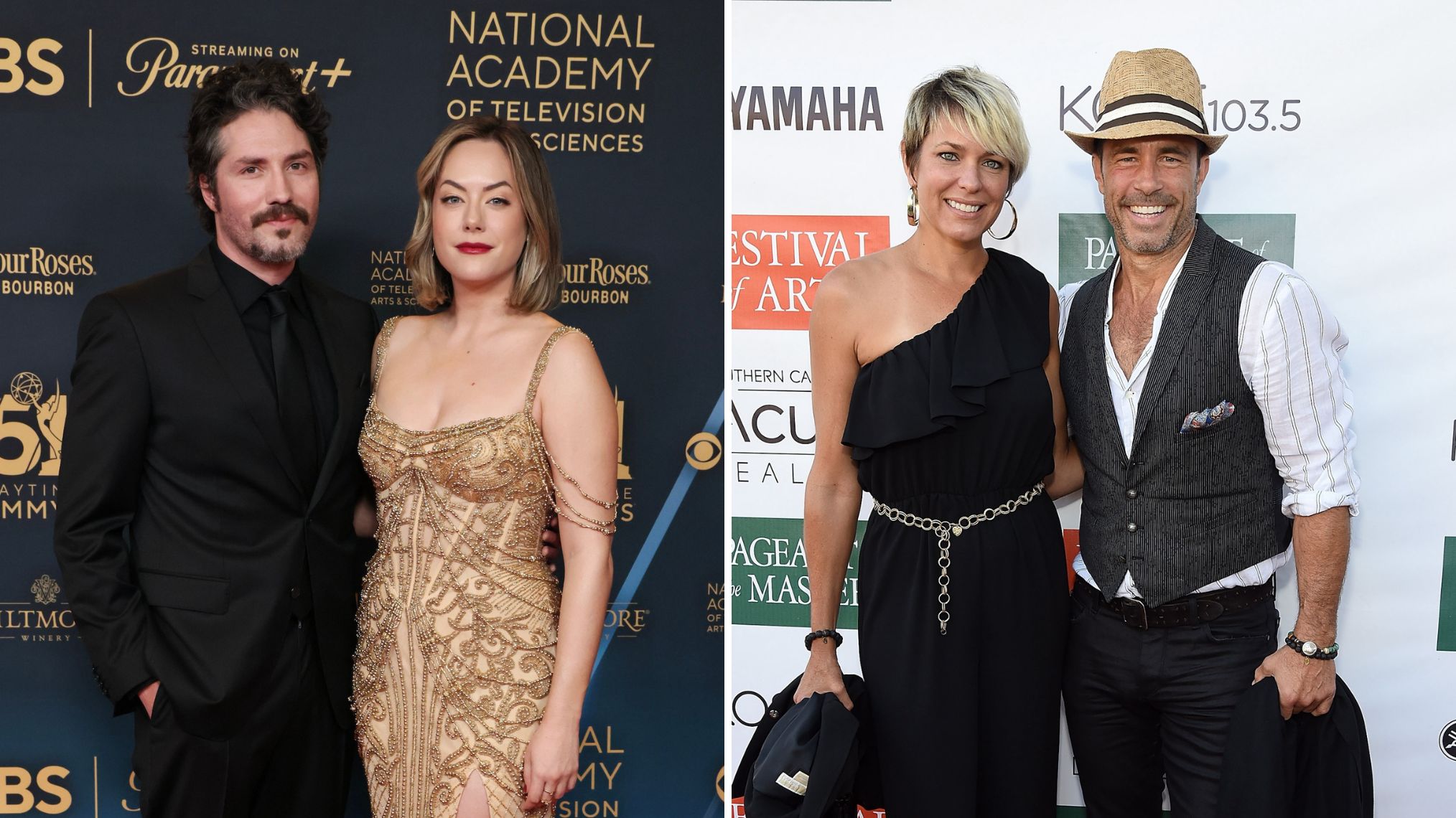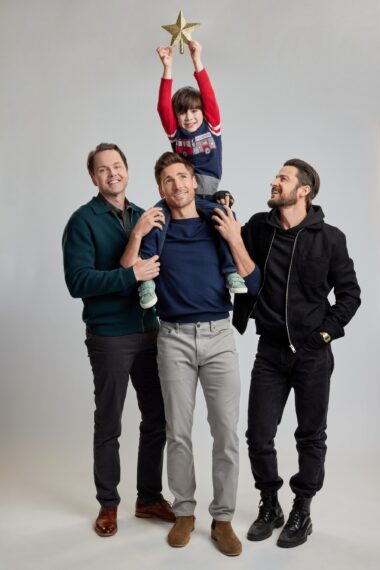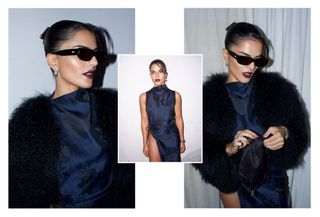
Some movies are remarkable achievements on their own, and some movies need some extra context to appreciate. George Lucas’s breakout 1973 feature American Graffiti is one of those — the charming slice-of-life comedy, featuring a young cast including Richard Dreyfuss, Ron Howard, Candy Clark, Mackenzie Phillips, Cindy Williams, Kathleen Quinlan, and Harrison Ford, turns fifty years old today, a powerful piece of nostalgia that gets even more powerful as time passes.
When the creator of Star Wars first began making movies in the 1960s, there was very little indication that he would eventually create some of pop culture’s most beloved characters — because his movies didn’t really have characters in them at all. As a film student at the University of Southern California, Lucas made shorts that might be best described as tone poems, with a heavy emphasis on visual style and mood: 1966’s Herbie, co-directed by Paul Golding, is literally three minutes of light reflected against a Volkswagen Beetle while jazz music plays.
Between this phase of Lucas’s career and American Graffiti came his first feature, THX-1138, a dystopian sci-fi drama shot in the brand new concrete tunnels of San Francisco’s BART system. The characters of THX were drug-controlled drones aiming to break free of their society’s rigorous controls; while there’s a love story and yearning for freedom embedded in the text, it’s an overall cold production.
Shockingly, it was not a hit at the box office, and as a follow-up, then, Graffiti feels like it comes from a completely different filmmaker. It certainly involved another filmmaker — Lucas’s friend and collaborator Francis Ford Coppola, who encouraged him to take a different approach for his second feature.
According to the Lucasfilm website:
In the wake of THX’s bold vision of a futuristic society [Editor’s Note: commercial failure], it was Coppola who challenged Lucas to make something “warm and funny,” a story that entertained audiences as much as it inspired them to think.
As Peter Biskind writes in Easy Riders, Raging Bulls, a lively book on this period in film history, what Coppola actually said to Lucas was, “Don’t be so weird, try to do something that’s human. Don’t do these abstract things. All you do is science fiction. Everyone thinks you’re a cold fish, but you can be a warm and funny guy, make a warm and funny movie.”
Marcia Lucas, Lucas’s wife at the time, also told Biskind that “After THX went down the toilet, I never said ‘I told you so,’ but I reminded George that I warned him it hadn’t involved the audience emotionally… He always said, ‘Emotionally involving the audience is easy. Anybody can do it blindfolded, get a little kitten and have some guy wring its neck.’”






















![Moneybagg Yo – PLAY DA FOOL [Official Music Video] Moneybagg Yo – PLAY DA FOOL [Official Music Video]](https://i.ytimg.com/vi/q5y5HHUwfBs/maxresdefault.jpg)
![Cardi B – Like What (Freestyle) [Official Music Video] Cardi B – Like What (Freestyle) [Official Music Video]](https://i.ytimg.com/vi/GcNC7YnlhKc/maxresdefault.jpg)
![Quando Rondo – Grow Up [Official Music Video] Quando Rondo – Grow Up [Official Music Video]](https://i.ytimg.com/vi/8zFnCg3BO4Q/maxresdefault.jpg)